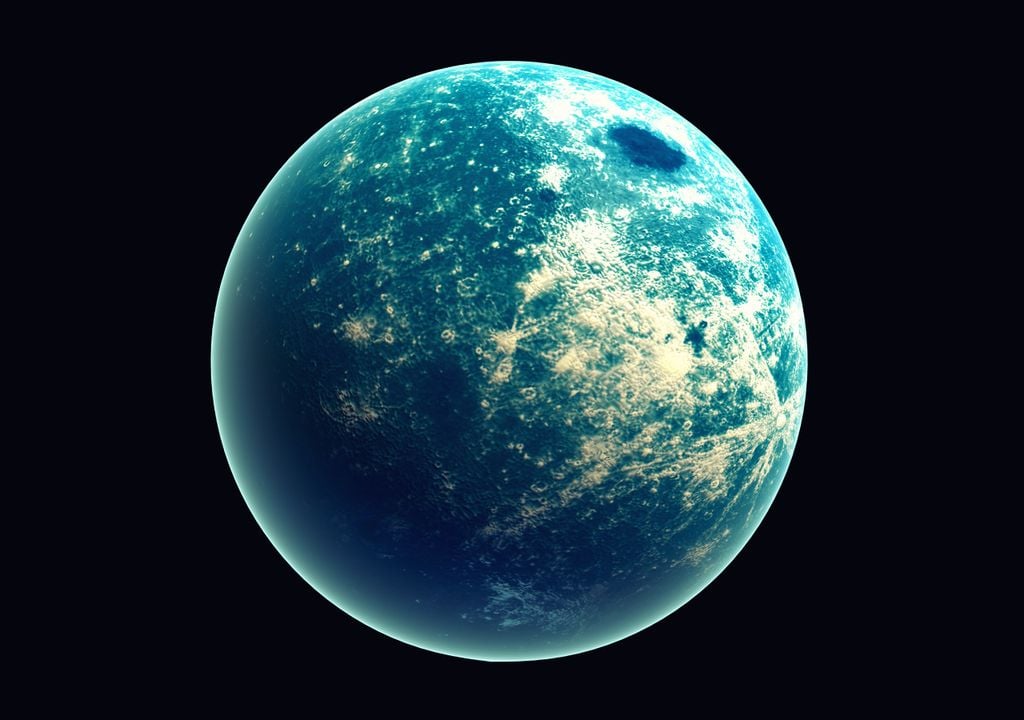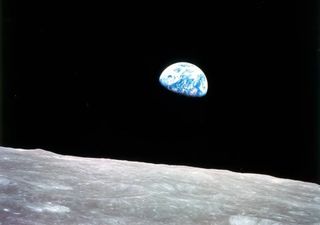A planet has been discovered that shouldn't exist!
The planet 8 Ursae Minoris b orbits a star about 530 light years away that is dying and should have already swallowed the planet. Why hasn't it?

An article published in the journal Nature, in June 2023, by an international scientific team led by astronomer Marc Hon, from the University of Hawaii, describes the discovery made by the Transiting Exoplanet Survey Satellite (TESS).
The planet 8 Ursae Minoris b is orbiting a bloated red giant, so you would expect the star to expand beyond the planet's orbit before shrinking back to its current (still giant) size. In other words, the star should have swallowed and torn apart any planets orbiting around it.
However, the planet remains in a stable, almost circular orbit. The discovery of this seemingly impossible situation, based on precise measurements taken by NASA's TESS, shows that the formation - and destruction - of planets is probably much more complex and unpredictable than many scientists previously thought.
When stars like our Sun approach the end of their lives, they begin to run out of nuclear fuel. They transform into red giants, expanding to their maximum size.
If that happened in this case, the star would have grown outward from its centre by 0.7 astronomical units (AU) - that is, about three-quarters of the distance from Earth to the Sun. In the process, it would have swallowed and destroyed all the planets it orbited nearby. However, Planet B, a large gaseous world, is located about 0.5 AU away.
Why does this planet continue to exist?
Since the planet could not have survived the swallowing, Marc Hon proposes two other possibilities: the planet is the survivor of a merger between two stars, or it is a new planet - formed from the debris left behind by that merger.
The first hypothesis starts with two stars the size of our Sun in close orbit to each other, with the planet orbiting both. One of the stars "evolves" a little faster than the other, going through the red giant phase, shedding its outer layers and transforming into a white dwarf - the tiny but massive remnant of a star.

The other only reaches the red giant phase before the two collide, and what remains is the red giant we see today. This merger, however, prevents the red giant from expanding further, sparing the planet that orbits it from destruction.
In the second scenario, the violent merger of the two stars ejects an abundance of dust and gas, which forms a disk around the remaining red giant. This "protoplanetary" disk provides the raw material for the formation of a new planet. It's a kind of belated second life for a planetary system - although the star is still coming to an end.
8 Ursae Minoris b
TESS, a planet hunter, can also be used to observe oscillations in distant stars, and these follow known patterns during the red giant phase.
The pattern of oscillations in 8 Ursae Minoris, according to the team, corresponds to that of red giants in a late phase of helium burning - and not that of a star that is still expanding while burning hydrogen. So, it's not that the star is still growing and hasn't reached the planet yet. The crisis has come and gone, but the planet continues to exist.








